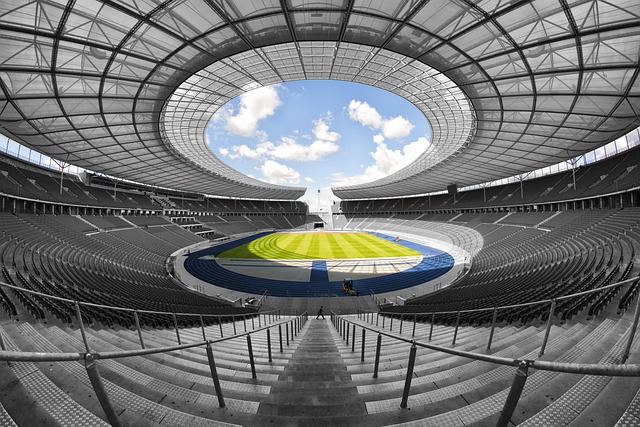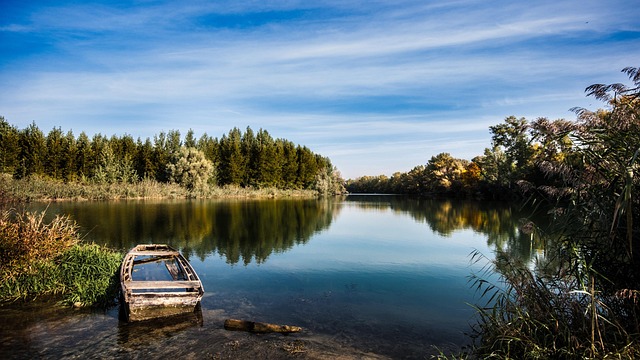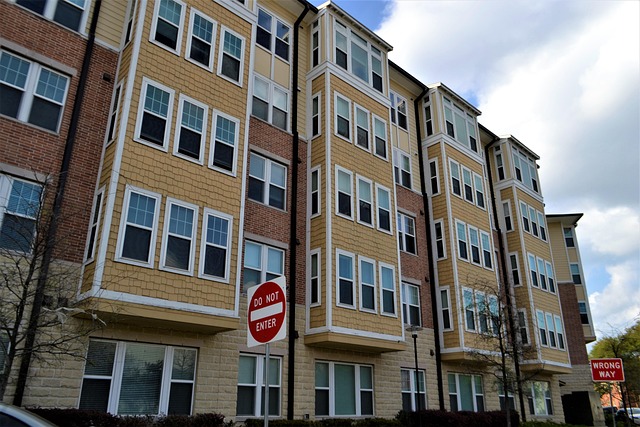Urban areas are rapidly evolving, and with the increase in population density, the necessity for sustainable solutions has never been more pressing. One innovative approach gaining traction is the integration of green roofs into urban architecture, particularly in cycling-friendly cities. Imagine pedaling through a vibrant metropolis where lush, green landscapes coexist with modern infrastructure, transforming the concrete jungle into a green paradise.
Green roofs are not only aesthetically pleasing but also play a significant role in sustainable development. They reduce the urban heat island effect, enhance biodiversity, and contribute to stormwater management. For cyclists, this means safer and more enjoyable rides through cooler, fresh environments. These green spaces also encourage more people to take up cycling as a viable mode of transport, reducing their reliance on fossil fuels.
Moreover, green technologies integrated into these roofs can significantly lower the ecological footprint of a building. By filtering rainwater and improving air quality, they create healthier environments for everyone, cyclists included. As the global demand for sustainable solutions increases, investing in green roofs represents a step towards a carbon-neutral future.
Urban cycling is intrinsically linked with the sustainability movement. With the addition of green roofs, cities can promote a culture of cycling while addressing environmental concerns. For instance, a city that prioritizes cycling infrastructure and green roofs helps reduce greenhouse gas emissions, thereby fostering a community that thrives on eco-friendly practices. Each pedal stroke becomes a testament to a commitment to a healthier planet.
In this light, the role of urban planners and policymakers becomes crucial. They have the power to incorporate green roofs into their designs, ensuring that cycling routes are not just functional but also surrounded by vegetation that reinvigorates urban life. Such initiatives spark interest in cycling among residents, contributing to a shift in mindset towards more sustainable modes of transportation.
As cities envision greener futures, the potential of green roofs cannot be overlooked. They are an opportunity to combine functionality with sustainability, fostering a balance between urban development and ecological preservation. The vision of cycling through vibrant, green landscapes rather than bleak concrete sites is not just a dream—it’s an achievable reality.
In embracing green roofs as a fundamental component of urban cycling culture, we pave the way for cities that are not only livable but also sustainable for generations to come. The journey toward a cleaner, greener future begins with simple but profound changes in our urban environments. By recognizing the significance of green roofs within the context of cycling, urban landscapes can transform into realms of health, sustainability, and joy for all who traverse them.




